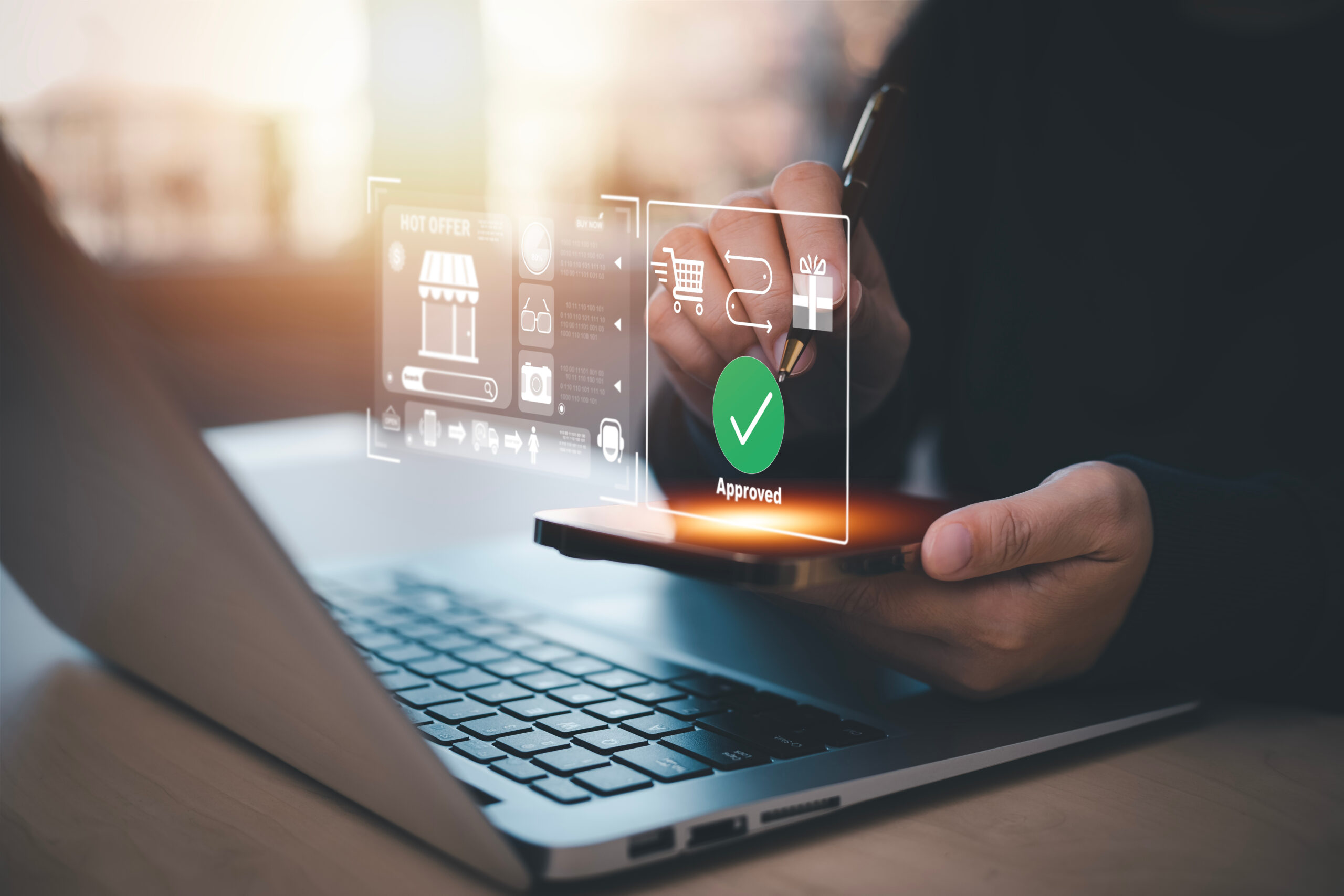Digital business cards are becoming popular for good reasons. They’re easy to share, eco-friendly, and packed with features that paper cards can’t match. This guide will walk you through the process of making your own standout digital business card using an app.

Why Choose a Digital Business Card?
Before diving into the how-to, let’s consider why you might want a digital business card in the first place. These modern alternatives to traditional paper business cards offer several advantages:
- Easy updates: Change your contact info or job title with a few taps.
- Multimedia options: Add links, videos, or social media profiles.
- Always on hand: No more forgetting your physical business cards at home.
- Eco-friendly: Save trees and reduce waste.
- Cost-effective: No need for reprints when your information changes.
Now that you know the benefits, it’s time to create your own digital business card.
Choosing the Right App
The first step is selecting a digital business card app. There are many options available, each with its own features and pricing.
When picking an app, consider factors like:
- User-friendliness
- Design options
- Integration with other tools you use
- Sharing capabilities
- Price
Take some time to read reviews and try out free versions before committing to one. The right app will significantly help you create your own smart business cards.
Setting Up Your Account
Once you’ve chosen an app, it’s time to set up your account. This usually involves:
- Downloading the app from your device’s app store
- Creating an account with your email or social media profile
- Verifying your email address
Some apps might ask for additional information during setup. Follow the prompts and provide the requested details.

Designing Your Digital Business Card
Now comes the fun part – designing your card. Most apps offer templates to get you started, but you can customize these to match your personal or company branding.
Here are some elements to consider:
- Color Scheme: Choose colors that align with your brand or industry. For example, blue often suggests professionalism and trust, while green might be suitable for environmental or health-related fields.
- Logo: If you have a company logo, make sure to include it. For personal branding, a professional headshot can work well.
- Contact Information: This is the core of your business card. Include: • Full name • Job title • Company name • Phone number • Email address • Website
- Social Media Links: Add links to your professional social media profiles, like LinkedIn or Twitter.
- Call-to-Action: Consider including a clear call-to-action, such as ‘Schedule a Meeting’ or ‘View My Portfolio.’
Remember, less is often more when it comes to design. Aim for a clean, uncluttered look that’s easy to read at a glance.
Adding Multimedia Elements
One of the big advantages of customizable digital business cards is the ability to include multimedia elements. Depending on your app and goals, you might want to add:
- A short video introduction
- A portfolio of your work
- A link to your latest blog post or publication
- A QR code that leads to your website
These extras can help you stand out and provide more value to your contacts. But use them judiciously – you don’t want to overwhelm people with too much information.
Optimizing for Sharing
The whole point of a business card is to share your contact information easily. Most digital business card apps offer multiple sharing options, such as:
- QR codes
- Text message
- AirDrop (for iOS users)
- NFC technology (for compatible devices)
Familiarize yourself with these options so you can quickly share your card in any situation. Practice makes perfect – try sharing your card with friends or colleagues to get comfortable with the process.
Keeping Your Information Up-to-Date
One of the best features of digital business cards is how easy they are to update. Make a habit of reviewing your card regularly, especially after any career changes or when you get a new phone number or email address.
Some apps allow you to create multiple versions of your card for different purposes. For example, you might have one version for networking events and another for potential clients.
Integrating with Other Tools
To get the most out of your digital business card, look into how it can work with other tools you use. Many apps offer integrations with the following:
- Customer Relationship Management (CRM) systems
- Email marketing platforms
- Calendar apps for easy scheduling
These integrations can streamline your workflow and help you make the most of your new contacts.
Measuring Success
Unlike paper cards, many digital business card apps offer analytics. You might be able to see:
- How many times your card has been viewed
- Which links people click most often
- Where your card is being shared
Use this data to refine your card over time. If people aren’t clicking on your portfolio link, for example, you might want to make it more prominent or change the wording.
Etiquette for Using Digital Business Cards
While digital cards are convenient, it’s important to use them thoughtfully:
- Always ask if someone is comfortable receiving your digital card before sending it.
- Have a backup plan (like verbally exchanging contact info) in case of technical issues.
- Follow up with new contacts promptly after sharing your card.
Remember, digital business cards are a tool to enhance your networking, not replace the personal touch of genuine interaction.
Troubleshooting Common Issues
Even with the best apps, you might encounter some hiccups. Here are solutions to common problems:
- Card not displaying correctly: Check your internet connection and try refreshing the app.
- Sharing difficulties: Ensure your app permissions (like access to contacts) are enabled.
- Updates not saving: Log out and back into the app, then try updating again.
If problems persist, don’t hesitate to contact the app’s customer support team.
Conclusion
Creating a professional digital business card doesn’t have to be complicated. With the right app and a bit of creativity, you can design a card that makes a lasting impression. Remember to keep your design clean and your information current, and practice sharing your card. Before long, you’ll wonder how you ever managed with paper cards.

